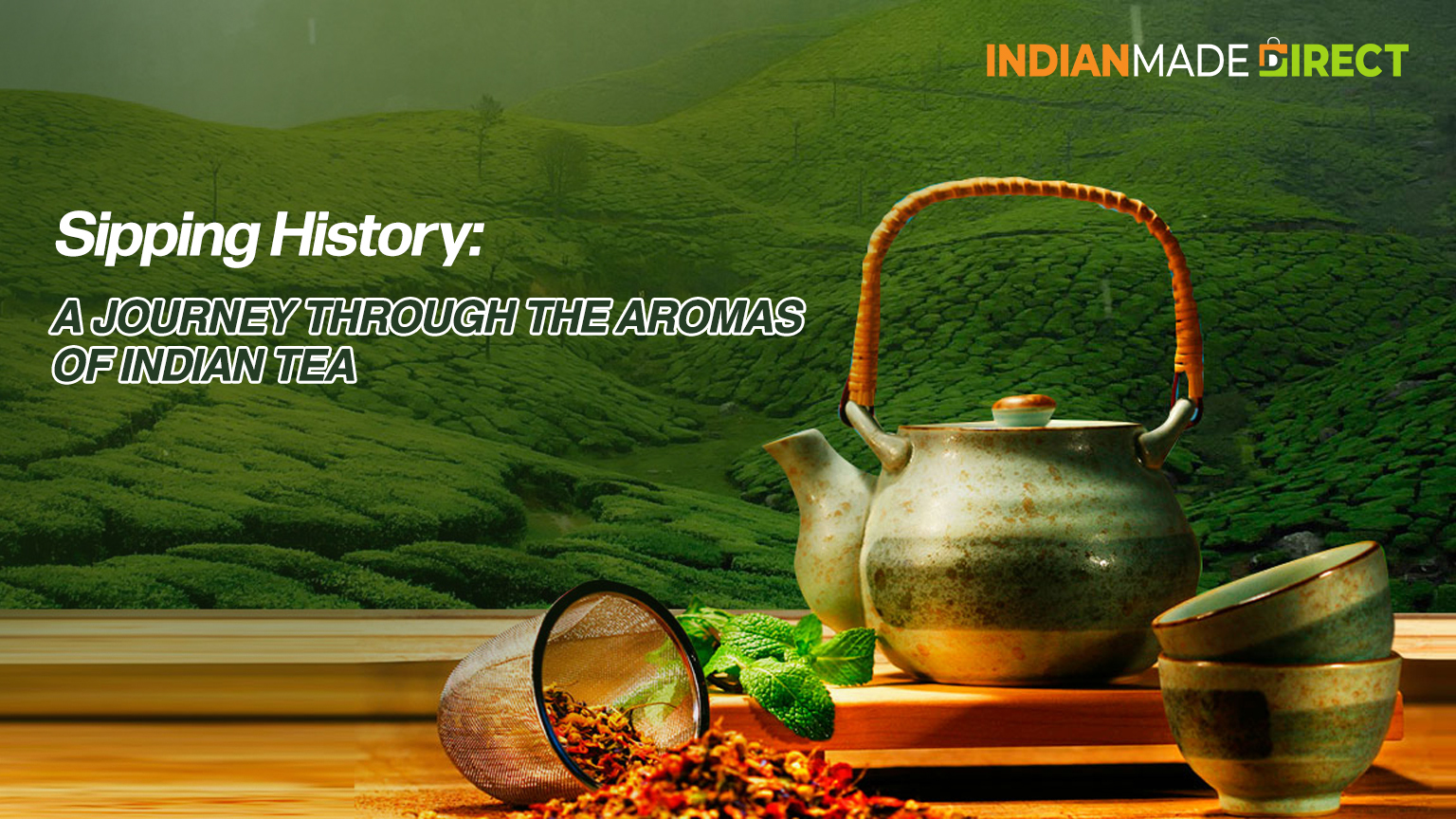

Tea, with its captivating aromas and rich history, holds a special place in the heart of India. From the lush hills of Darjeeling to the serene landscapes of Assam, the art of cultivating and enjoying tea has woven itself into the tapestry of Indian culture. Join us as we embark on a journey through the diverse and enchanting world of Indian tea, where every sip tells a tale of tradition, craftsmanship, and community.
1. A Cultural Elixir: The Origins of Indian Tea
The story of Indian tea dates back to the colonial era when the British introduced tea cultivation in regions like Assam and Darjeeling. However, India’s tea heritage goes beyond this colonial connection. The medicinal use of tea in ancient Ayurvedic practices and its integration into local customs and rituals showcase the deep-rooted cultural significance of this beverage.
2. Assam: The Bold and Brisk Elixir
The state of Assam, known for its lush tea gardens, produces some of the world’s finest black teas. With a robust and brisk flavor profile, Assam tea is celebrated for its deep amber hue and malty undertones. Exploring the estates where tea leaves are meticulously plucked and processed offers a glimpse into the dedication of the local communities to preserving their age-old traditions.
3. Darjeeling: The Champagne of Teas
Nestled amidst the Himalayan mountains, Darjeeling is renowned for producing the “Champagne of Teas.” With delicate notes and a floral aroma, Darjeeling tea is a connoisseur’s delight. The misty climate and high altitudes lend this tea its unique characteristics, making a sip of Darjeeling an experience that transcends taste.
4. Chai: The Heartbeat of India
No discussion of Indian tea is complete without mentioning the ubiquitous “chai.” A blend of strong Assam tea, aromatic spices like cardamom and ginger, and milk, chai is more than just a beverage; it’s a cultural phenomenon. Whether sipped on bustling street corners or enjoyed in the comfort of homes, chai fosters connections and conversations, making it an integral part of daily life.
5. Sustainable Farming and Community Empowerment
Many tea estates in India have embraced sustainable farming practices that prioritize both the environment and the well-being of workers. These estates often engage in fair labor practices, ensuring that the hard work of plucking tea leaves is rewarded with dignity and equitable compensation.
6. Tea Tourism: A Voyage of Discovery
Tea enthusiasts and curious travelers alike can embark on tea-centric journeys that offer immersive experiences. From staying at heritage bungalows on tea estates to participating in tea-tasting workshops, these journeys allow visitors to witness firsthand the journey of tea from leaf to cup.
Conclusion:
Indian tea is more than just a beverage; it’s a symphony of flavors, cultures, and stories. With every sip, we taste the labor of generations, the artistry of local communities, and the unity that a simple cup of tea can foster. As we raise our teacups in appreciation, let’s remember that Indian tea is not just a drink; it’s an embodiment of India’s heritage, resilience, and unity. So, the next time you take a sip of Indian tea, savor not just the flavor, but the centuries of history that it holds within its leaves.